Dam Removals Continue Across The U.S. in 2022
65 dams were removed across the country in 2022, reconnecting more than 430 upstream river miles across 20 states.
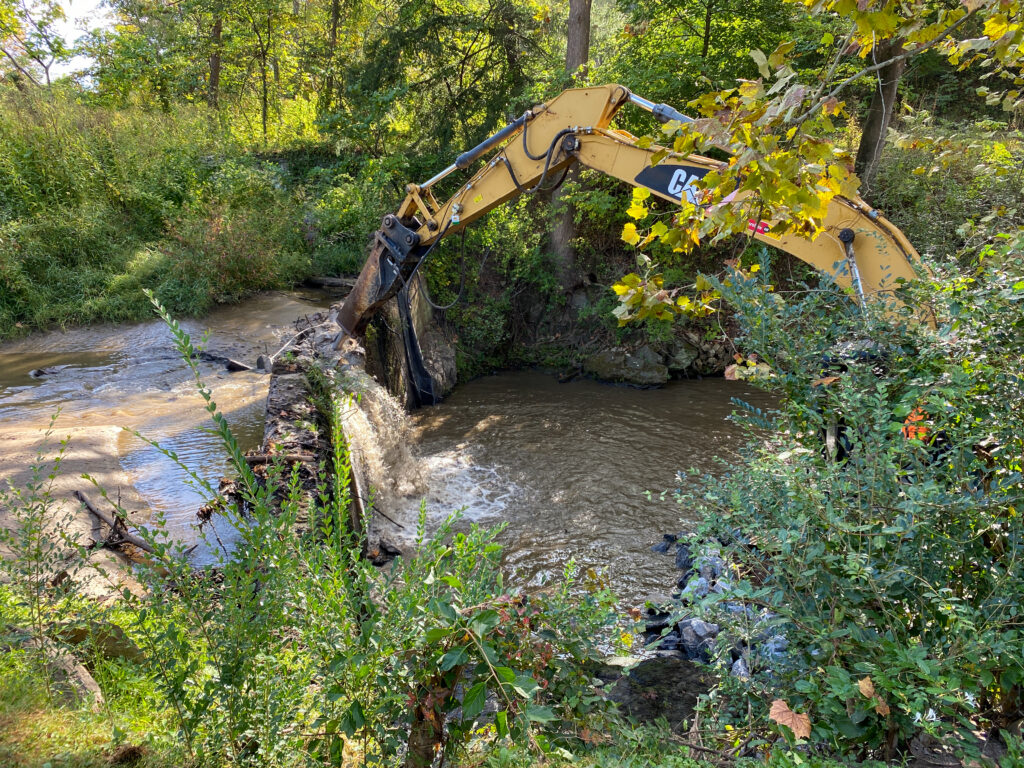
Dam removal practitioners across the country are continuing to break down river barriers— 65 dams were removed across the country in 2022, reconnecting more than 430 upstream river miles across 20 states.
We look forward to a year in which dams are reported to be removed in all 50 states! In the meantime, we celebrate the return of river health and resilience for these projects completed in 2022.
You might be wondering— has Pennsylvania been unseated as the leader in dam removals? Not yet! BUT! It was not the top state in 2022— Ohio is coming for you, Pennsylvania!
The top states for dam removals in 2022 were:
- Ohio (11 removals)
- Pennsylvania (10 removals)
- Virginia (6 removals)
Across the country, dam removal practitioners have removed at least 2,025 dams since 1912. We are just getting started, everyone. Obsolete and dilapidated dams abound across the nation. We believe at least 30,000 dams (out of more than 400,000) can be removed to revitalize streams and bring rivers back to life. After all, life depends on rivers. My life, your life, your children’s lives, even your dog’s. We are counting on our community of dam removal enthusiasts, supporters, and even those who did not realize dams could impair streams to join with us.
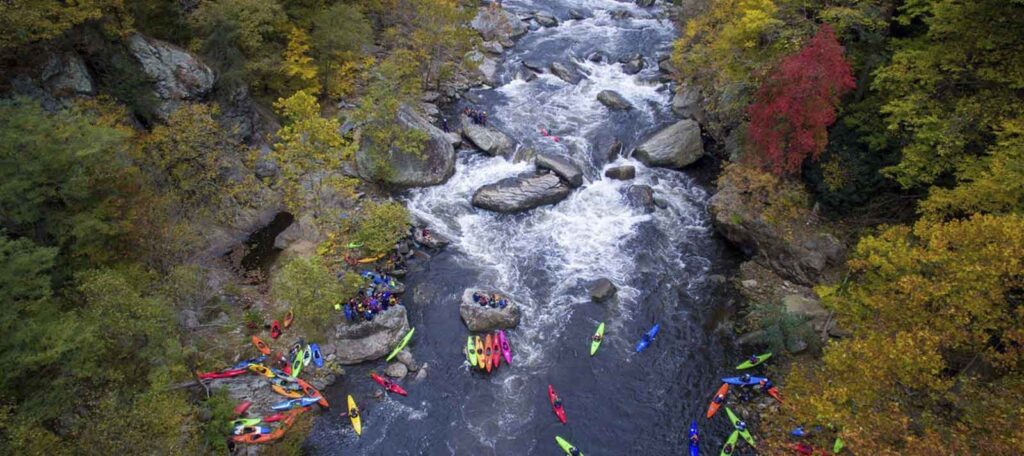
Let's Stay In Touch!
We’re hard at work for rivers and clean water. Sign up to get the most important news affecting your water and rivers delivered right to your inbox.
In the meantime, the hard workers below illustrate just a sampling of the great work done in 2022 to remove dams across the U.S.
Walton’s Mill Dam Removal, Temple Stream, Maine— The Atlantic Salmon Federation and partners collaborated with local residents on the decision to remove Walton’s Mill Dam. The plan included rebuilding the adjacent community park and replacing several upstream undersized road stream crossings. The watershed-wide effort will restore more than 54 miles of productive cold-water habitat for wild Atlantic salmon and other native fish. The project is part of a broader effort over the past several decades to restore endangered Atlantic salmon and other sea-run fish to the Kennebec River, an effort ignited by the successful removal of Edwards Dam in 1999.
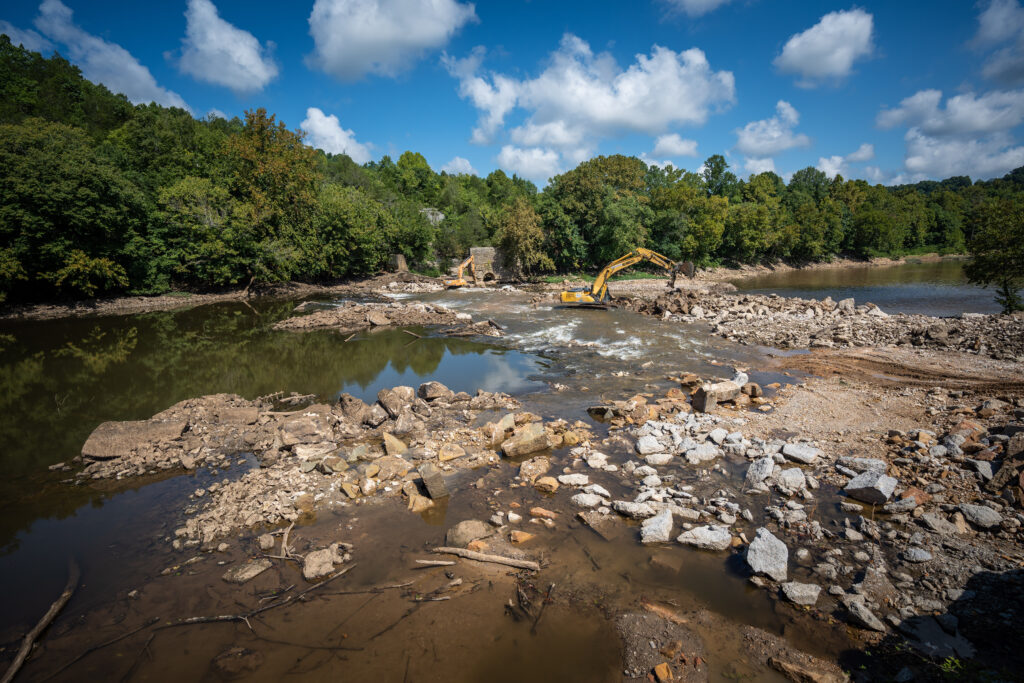
Barren River Lock and Dam No. 1, Barren River, Kentucky— This project was part of a broader effort to remove dams along the Green and Barren rivers in Kentucky. A dam was originally built at this site in 1841 and expanded in 1933 for commercial use. It ceased operation in 1965 after Green River Lock and Dam 4 failed and navigation on the Barren River was no longer possible. Since then, the structure sat unused and deteriorated, creating a pooled condition in the river with lower oxygen levels, more sediment, and higher temperatures— conditions that are detrimental to aquatic life and the overall health of the river. The dam was also a barrier to boat traffic and a potential public safety hazard. All of these issues were addressed when the dam was removed by a U.S. Fish and Wildlife Service construction team.
Burrells Place Dam, Unnamed tributary to Pigpen Branch, South Carolina— Located in the headwaters of the Chattooga National Wild and Scenic River, the U.S. Forest Service, Naturaland Trust, South Carolina Department of Natural Resources, and the U.S. Fish and Wildlife Service removed this earthen dam in the Andrew Pickens Ranger District of Sumter National Forest. This project reconnected habitat for one of the last remaining populations of native Southern Appalachian brook trout. This project is part of a broader effort to remove obsolete dams on U.S. Forest Service land. Wilson Creek Dam in George Washington and Jefferson National Forest in Virginia were also removed in 2022.
One More Thing!!
The largest river and salmon restoration project in history will begin this year on the Klamath River in Oregon and California, with the removal of four dams. This effort on the Klamath is the result of decades of leadership and advocacy from the Karuk, Yurok, Klamath and other tribes, and will restore salmon runs, improve water quality, and revitalize cultural connections and food sovereignty.
For now, check out our map and database on dam removals across the country here, and our summary of 2022 projects here.
You’ll be hearing more from us in 2023 on dam removal, so stay tuned!

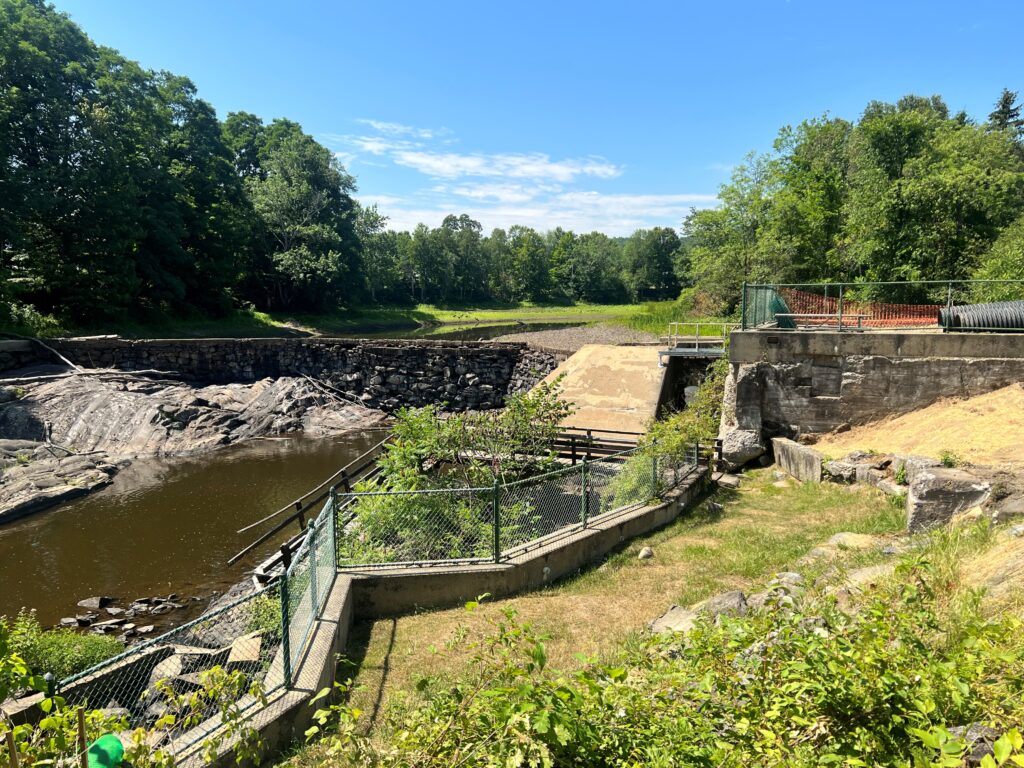
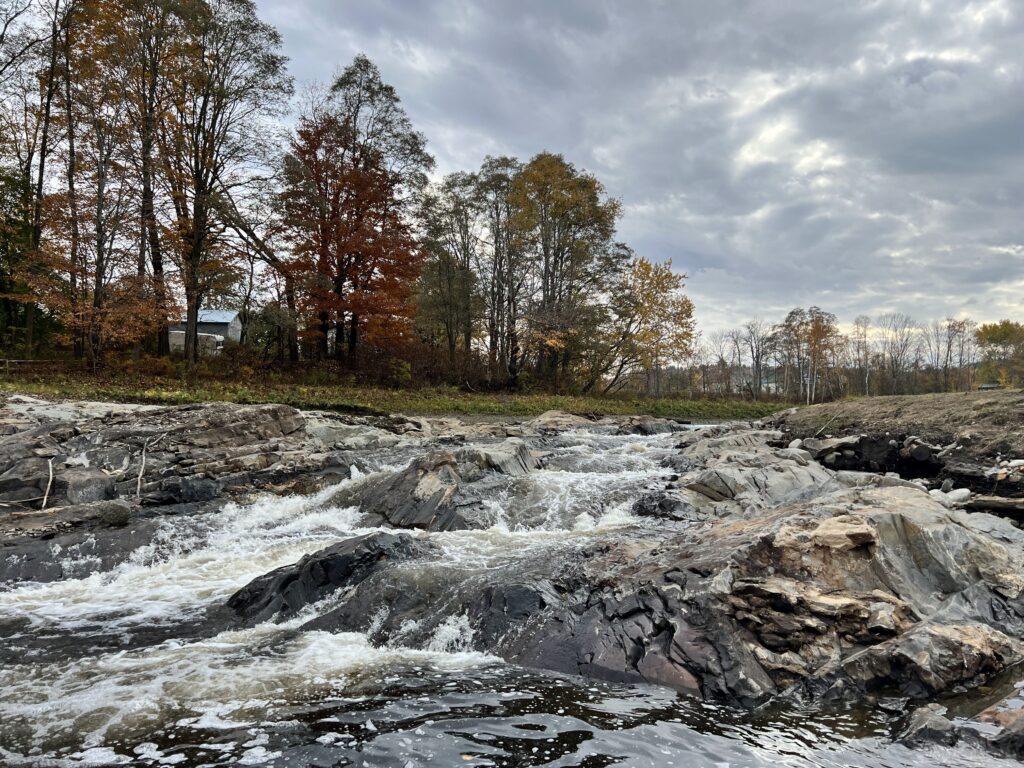
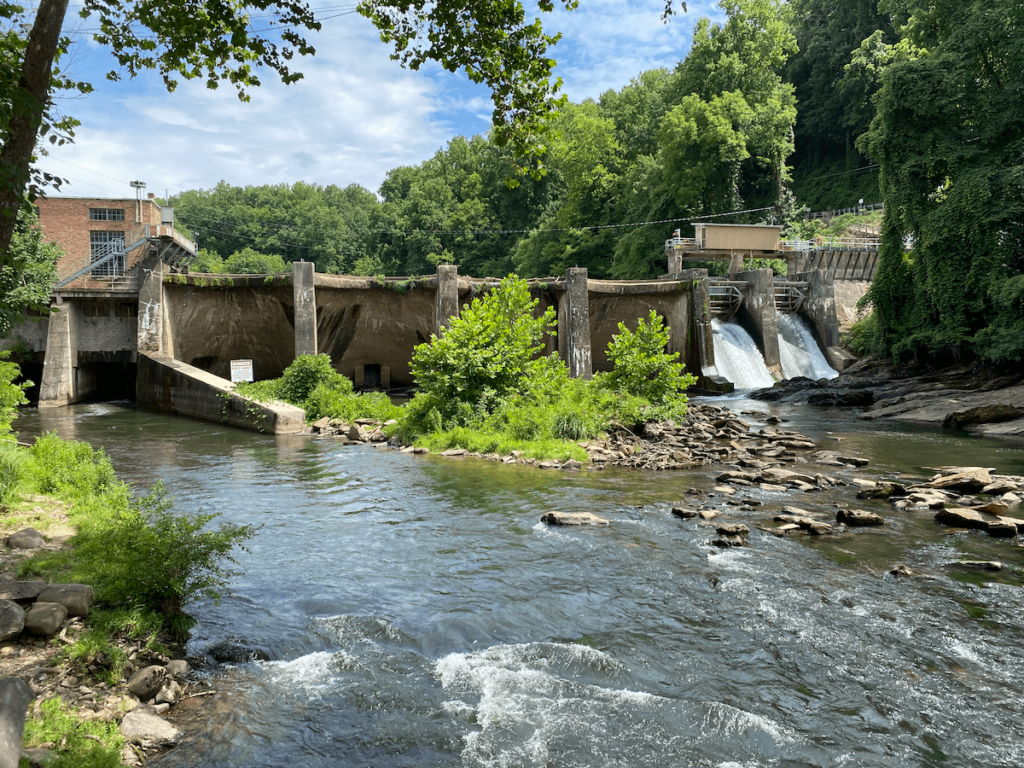
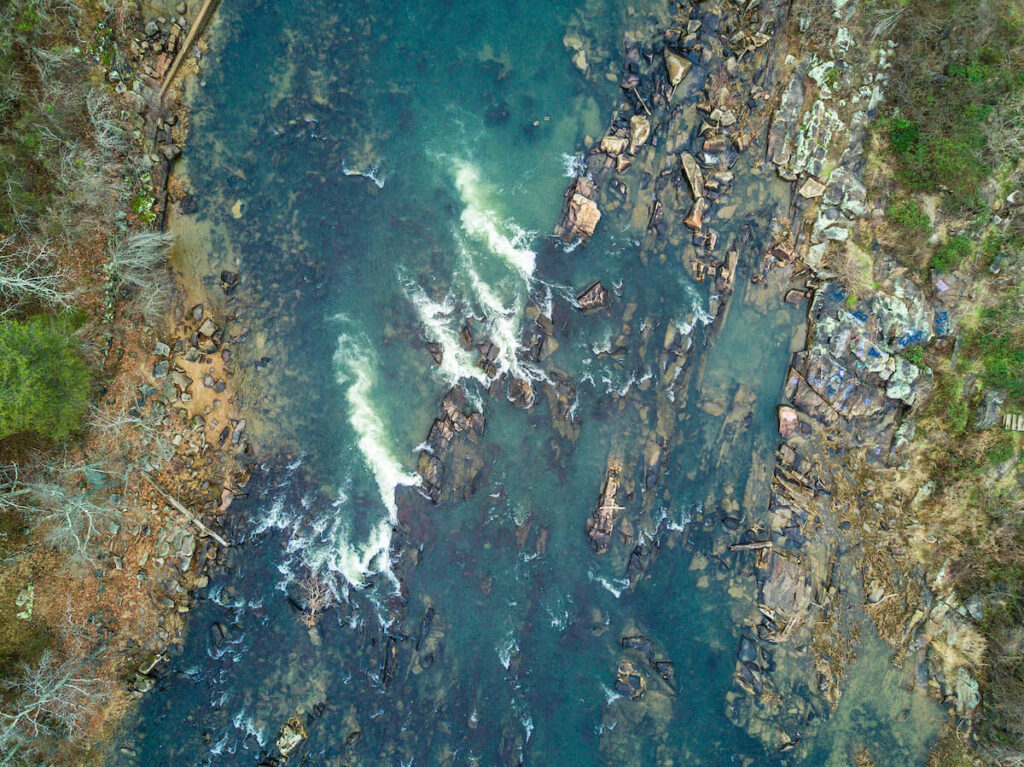
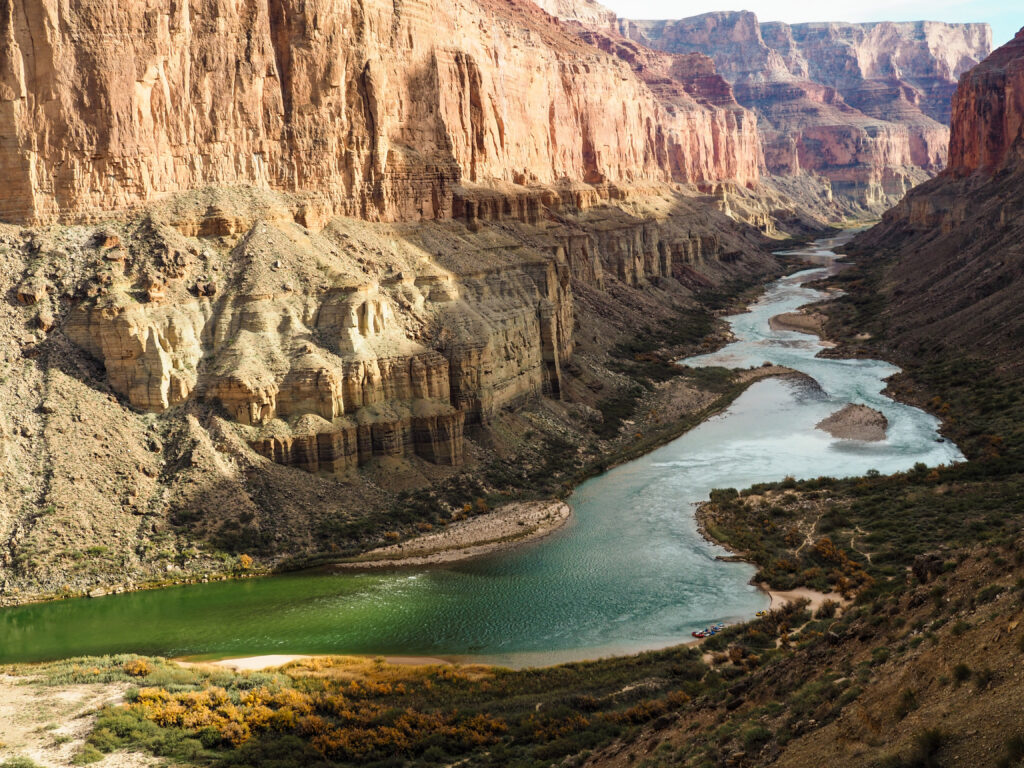
8 responses to “Dam Removals Continue Across The U.S. in 2022”
What about the hydro-electric dams in Washington that provide energy. Hydro-electric power is a natural resource that should be used/. Grand Coulee Dam and some of the Snake River Dams provide power for our state, Oregon, Idaho and other states such as California.
Is there any time when a smaller pool, wetland even, behind a partially removed dam is better for the ecosystem than a full removal/ original river reconstruction (ignore the salmon issue for this question).
When is lock/ dam 3 projected to be removed in elizabeth pa on the Monongahela. I thought is was to be removed last year 2022. Any information would help. Thanks
What about four lower Snake River dams?
“What about the Snake River Dams?”, you ask:
Following pressure from Southeast Alaska Trollers that look to be closed this year because of their harvesting of Snake River Chinook salmon, the Alaska Legislature has passed a resolution (House Joint Resolution 5): “Urging the United States Secretary of Commerce, the National Marine Fisheries Service, the Alaska Department of Fish and Game, and other federal and state agencies to defend the state’s fisheries, including the Southeast Alaska troll fishery.”
The trollers, of course, are not the cause of the SR Chinook long decline. It is the Lower Snake River dams at the root of the problem, and everyone paying attention knows it.
Call the White House TuTh 11am-3pm Eastern Time and share your piece of mind. (202) 456-1111
Will this apply to the Missouri and/orMissippie rivers?
I am presenting a program on “Saving Our Salmon” in May. Can you provide any information about any dams in Washington State that have been removed recently or are scheduled to be removed? Photos would also be appreciated. Dam removal is so important in saving our Salmon and I am trying to make our community understand that and let them know what is being done. Any information you can provide regarding the dam removals would be greatly appreciated.
I live on Camano Island and have worked at several of the hatcheries near Carson, WA, in addition to several other hatcheries in this country. I am also covering the Leque Island Restoration Project, the life cycle of Salmon and what the Salmon Hatcheries do.
Thank you,
Sue Ryan
kk6sue@gmail.com
(760) 390-2436